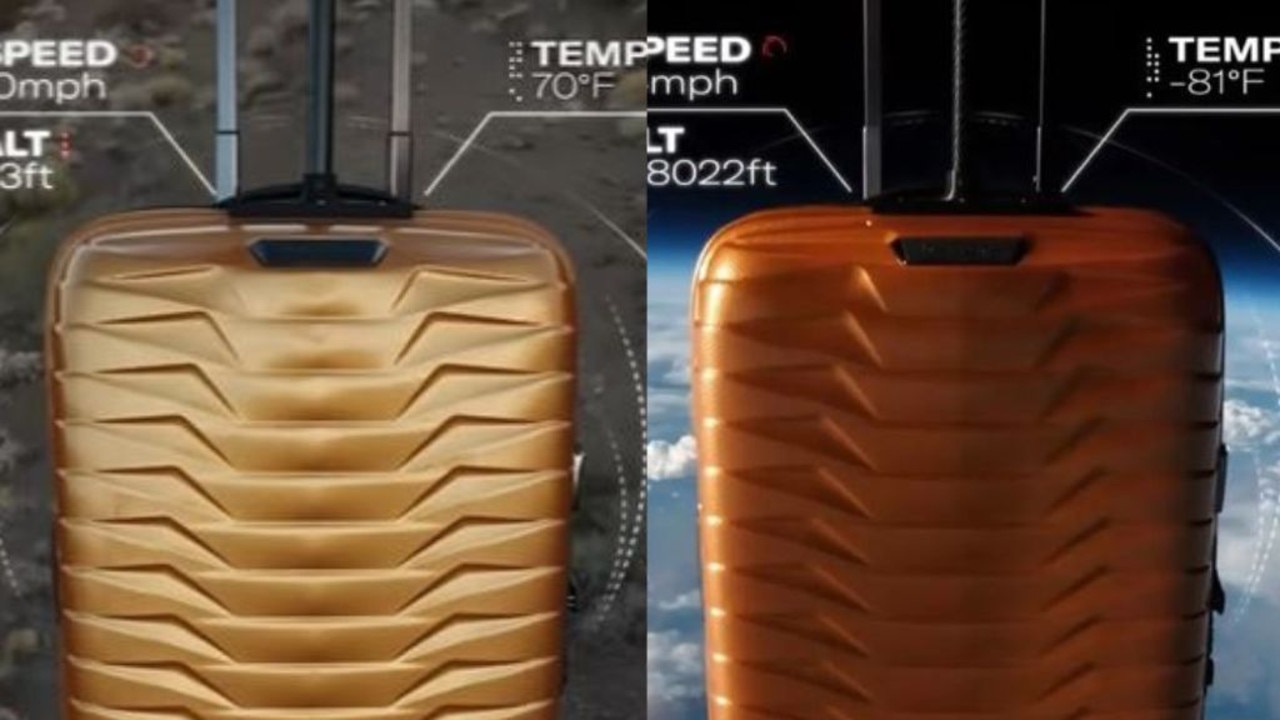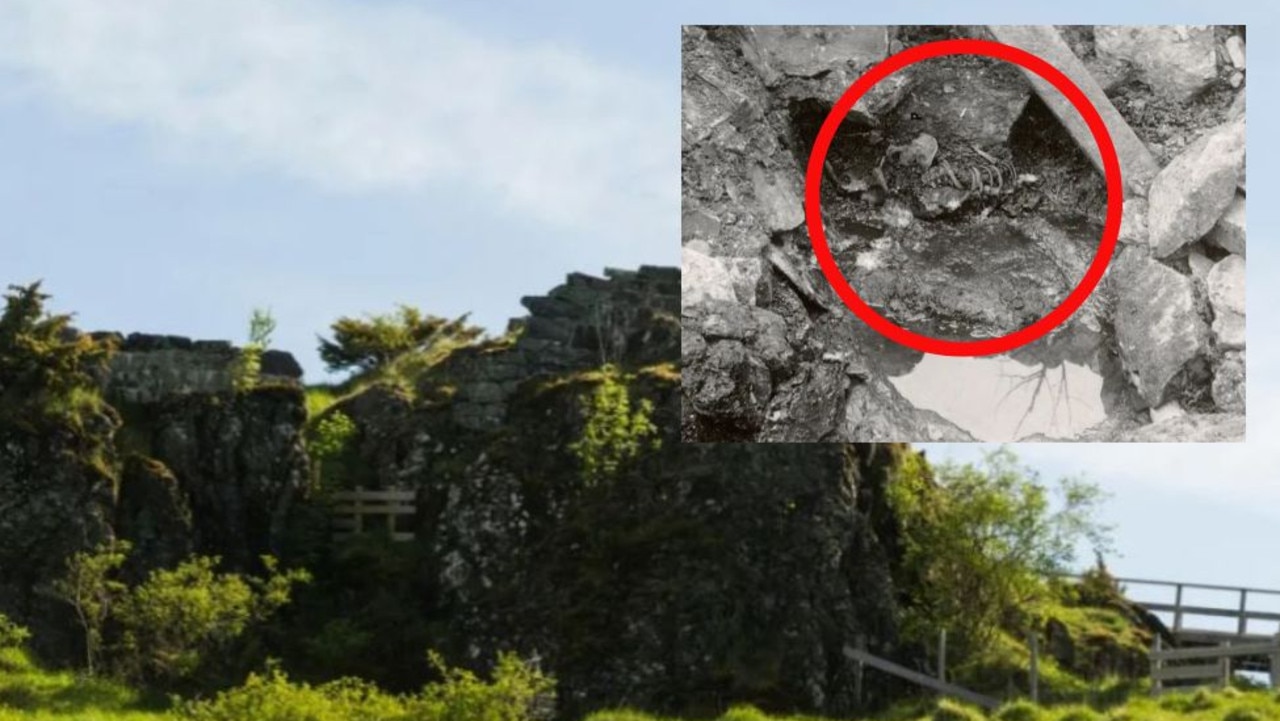Mysterious Aussie luxury hotel in North Korea that Kim Jong-un just trashed
A luxury $40 million floating hotel from Townsville has found its way to North Korea, and Kim Jong-un is not happy. This is the bizarre story of how it got there.
It was a luxury hotel of a kind the world had never seen before.
The five-star Four Seasons Barrier Reef Resort opened off the coast of Townsville in 1988 as the world’s first floating hotel.
Featuring tennis courts, nightclubs, swimming pools, bars and restaurants, a helipad and almost 200 rooms across seven storeys, the floating hotel was the height of 1980s luxury — and put Townsville on the world map.
But a bizarre series of events in the following decades saw the hotel relocate, of all places, to North Korea, where it played an unlikely role in a brief truce between the North and South. But this week, North Korean leader Kim Jong-un demanded it be demolished, finally ending the Australian hotel’s truly bizarre, 30-year history.
This is how it got there.
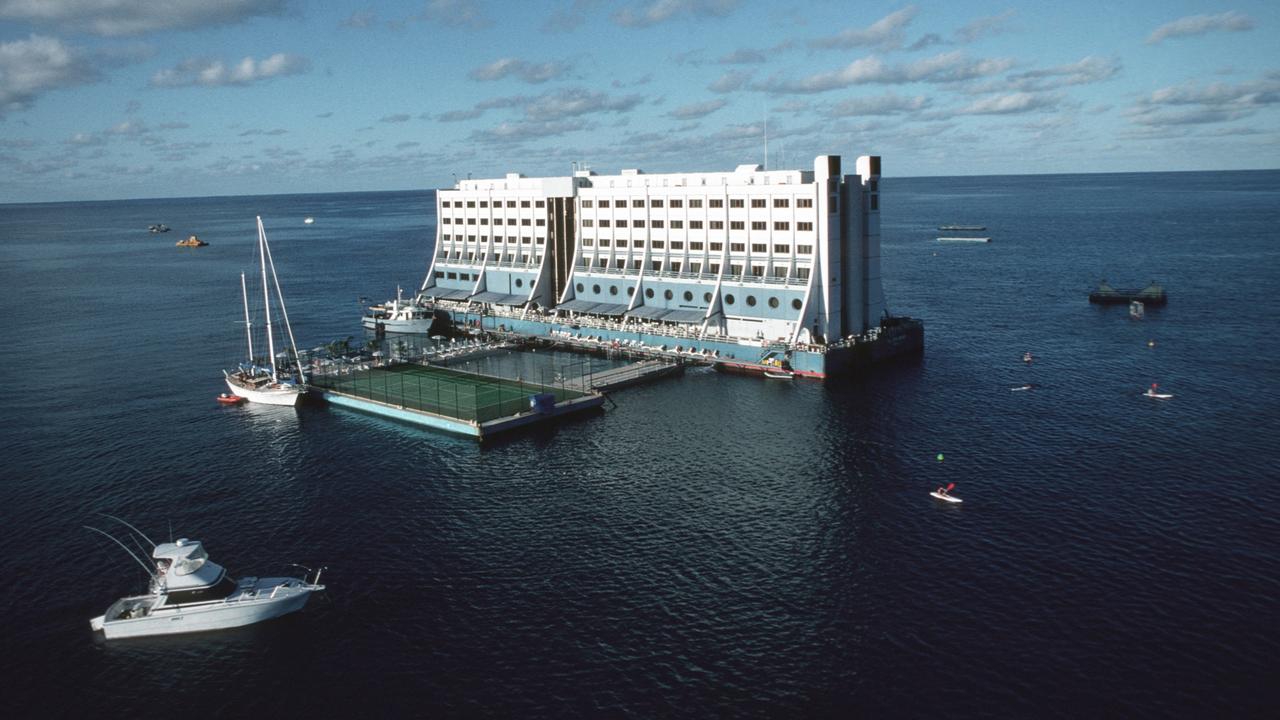
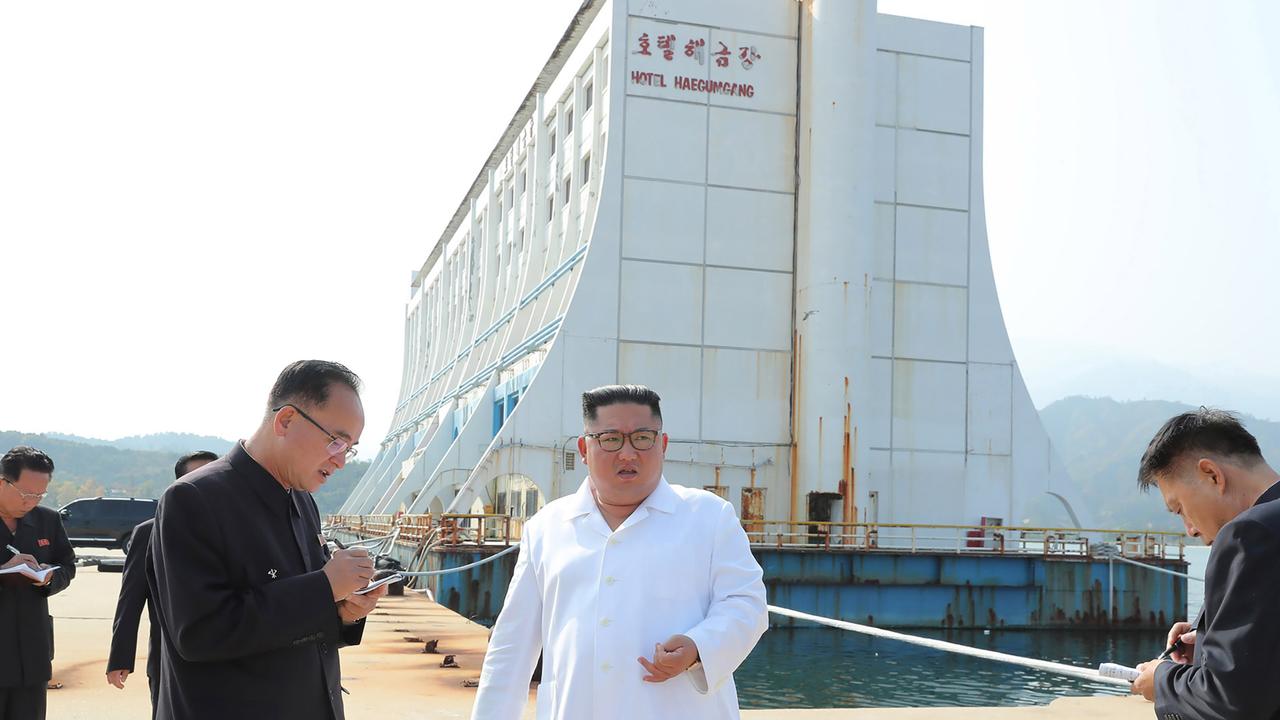
‘SOMETHING THAT WAS VERY UNIQUE’
Dreamt up by Australian developer Doug Tarca and built in Singapore to the tune of about $40 million, the 12,000 tonne floating hotel opened in 1988 over the John Brewer Reef off Townsville.
The resort offered a unique Great Barrier Reef experience and was initially a hit with tourists, Robert De Jong from the Townsville Maritime Museum told the ABC in 2018.
“It was a world-first attempt to have people staying on the reef in a floating — literally, a floating — hotel,” he said.
“From a distance it just kind of looked like another ship. But as you got closer and closer, clearly you’d see it was a different kind of structure.
“It really put Townsville on the map, because it was something that was very unique in this area, and unique around the world.”
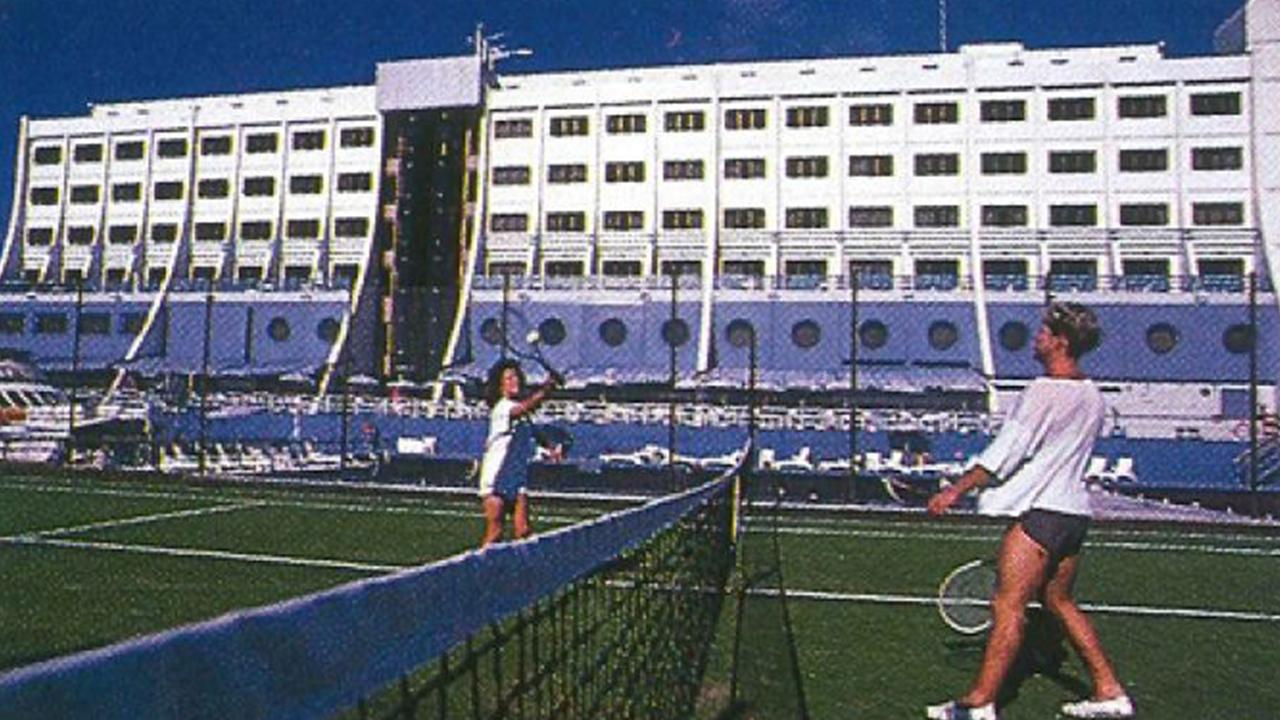
Despite the initial novelty, the hotel only operated for about a year. It had a rocky start, having been struck a cyclone before it even opened, though the main structure escaped damage. But rough northern Queensland weather often meant connections to the mainland were severed, the ABC reported. Eventually, guest numbers began to dwindle and the owner found it too costly to operate.
So they sold it, and the waterborne hotel made the 5000km journey north to Vietnam. It was renamed the Saigon Floating Hotel and moored in the Saigon River.
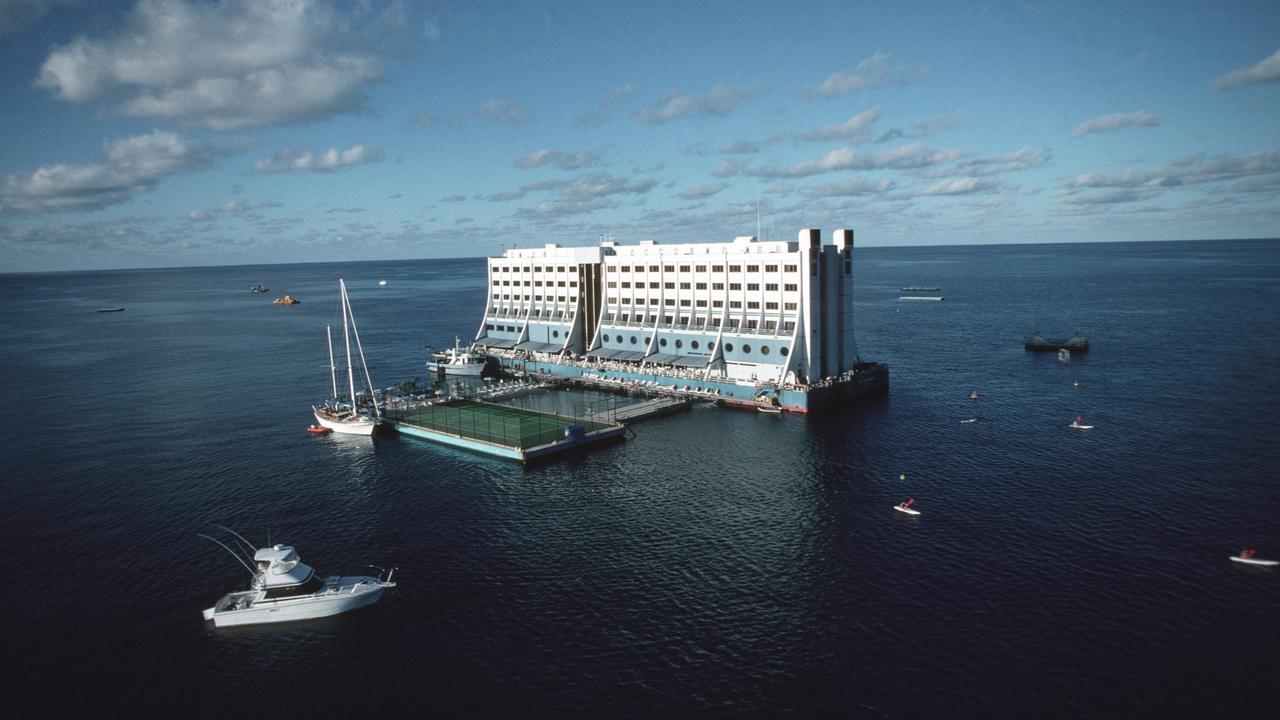
It operated there for about eight years, where it was popular with luxury travellers during Vietnam’s post-war tourism boom.
But in 1997, more financial trouble struck, and it was offloaded to another owner — this time from South Korea.
That owner sent it to North Korea, where it played an interesting role in the usually fraught relationship between the country and its southern rival.
AN UNUSUAL TIME IN NORTH KOREA
It is understood that since it left Vietnam the floating hotel has been moored in North Korea’s Mount Kumgang Tourist Region, a coastal resort just north of the border with South Korea.
That port had been a significant symbol of co-operation between North Korea and South Korea. It was developed by South Korean companies in the 1990s, designed to attract tourists from the South.

There, the floating hotel was renamed Hotel Haegumgang by its new South Korean owners.
“Apparently (the hotel) was transferred to North Korea, when there was a time in the history of the two Koreas of appeasement and thawing of relations,” Mr De Jong told the ABC.
“It was thought that the hotel in North Korea could be suitable for attracting tourists … I don’t think that happened really.
“However, the hotel still sits in North Korea, in Kumgang port. Using satellite imaging you can vaguely see it.”
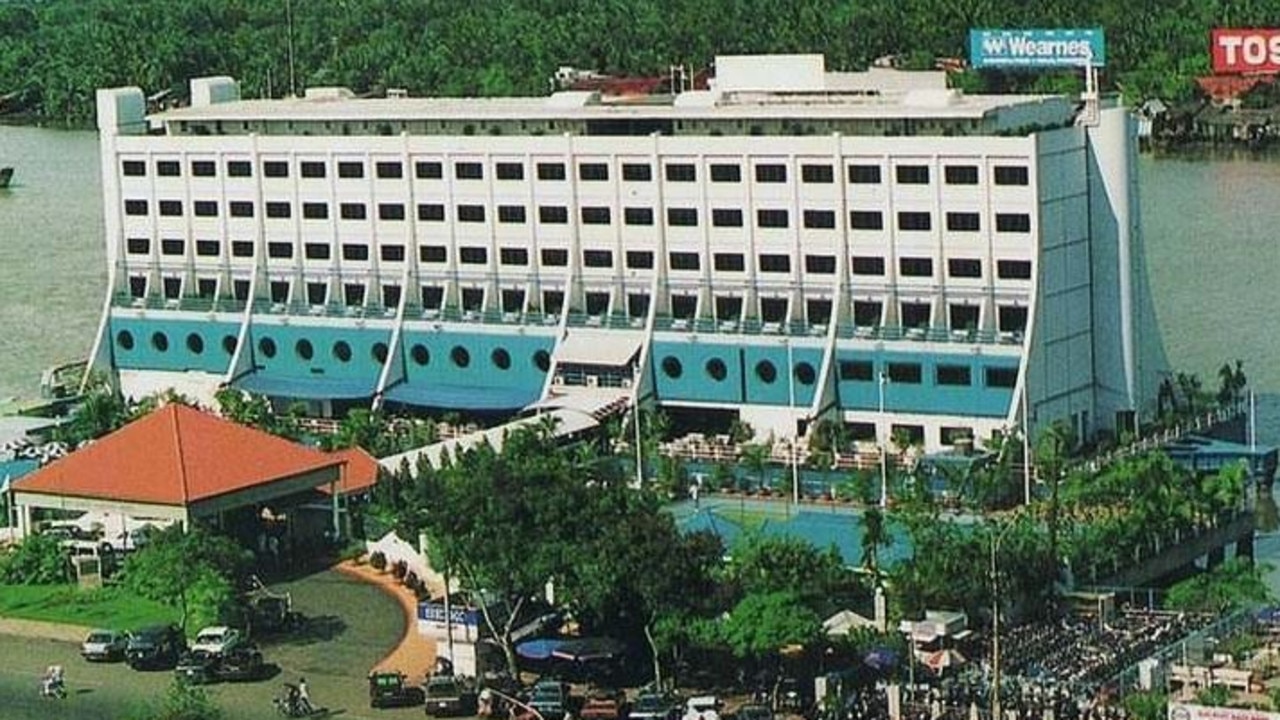
But a major turning point happened in 2008, when a North Korean guard shot dead a South Korean tourist at the Mount Kumgang resort. The tourist had reportedly wandered into a military area.
Tours from the South to the North were suspended and the rare show of co-operation between the two Koreas in the beachside location was officially over.
The floating resort has only occasionally been used since, most recently in August 2018 for the reunion of families separated by the Korean War.
Now, the bizarre story of the world’s first floating hotel will almost certainly come to an end.
On Wednesday, during a tour of the Mount Kumgang tourist area, Mr Kim ordered the hotel to be destroyed, along with a number of other “unpleasant-looking facilities” owned by South Korean companies at the site.

Mr Kim described the hotel and the other buildings as a “shabby … hotchpotch” with “no national character at all”, according to state media, AAP reported.
The North Korean leader has reportedly issued the destruction order as Seoul won’t defy international orders and allow South Korean tours to resume at the site. The area relies on tourism from South Korea as poor transport infrastructure makes it difficult for Chinese tourists to visit, the Townsville Bulletin reported.
It is not clear when the floating hotel will be demolished. But for many people who were in its original home of Townsville during the 1980s, the unique structure won’t be quickly forgotten.
“The people of Townsville, many of them still remember it,” Mr De Jong from the Townsville Maritime Museum told the ABC.
“It would have had an impact, but even (its developer) Doug Tarca said he was a bit ahead of his time.
“I’ve met a few people who’ve actually either worked on the hotel or stayed on the hotel — what they remember is they got seasick from time to time.”


